Animals that are adapting to climate change
Some species have already altered their habits

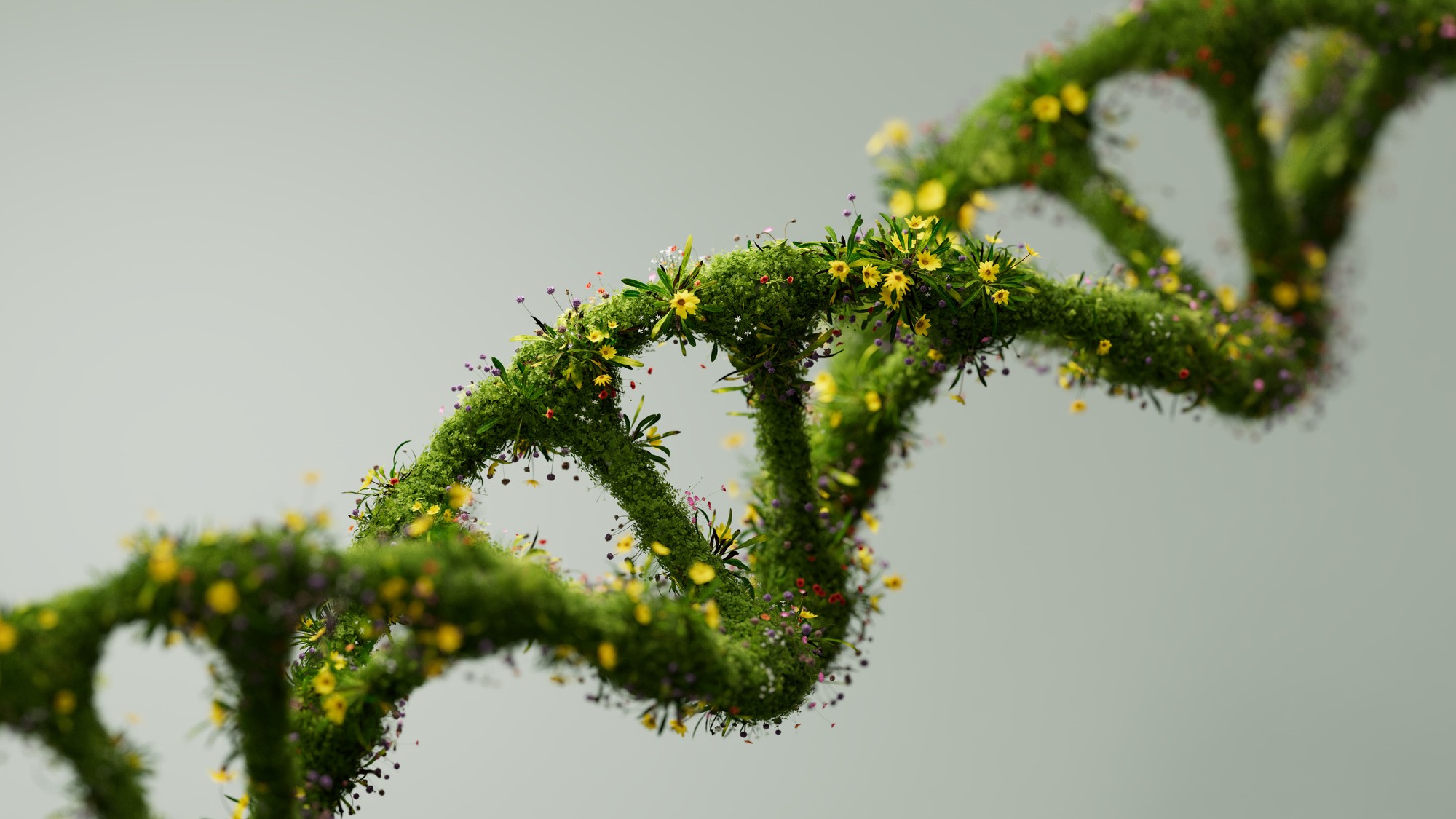
Animals, like humans, are experiencing the effects of climate change, with many species at risk of extinction. The good news is that some animals have been showing signs of adaptation and are changing their ways in order to survive in a shifting climate. Some of those survival methods include morphing body sizes and characteristics, migratory patterns and diet. Here are four of those transforming animal species.
Balearic shearwater
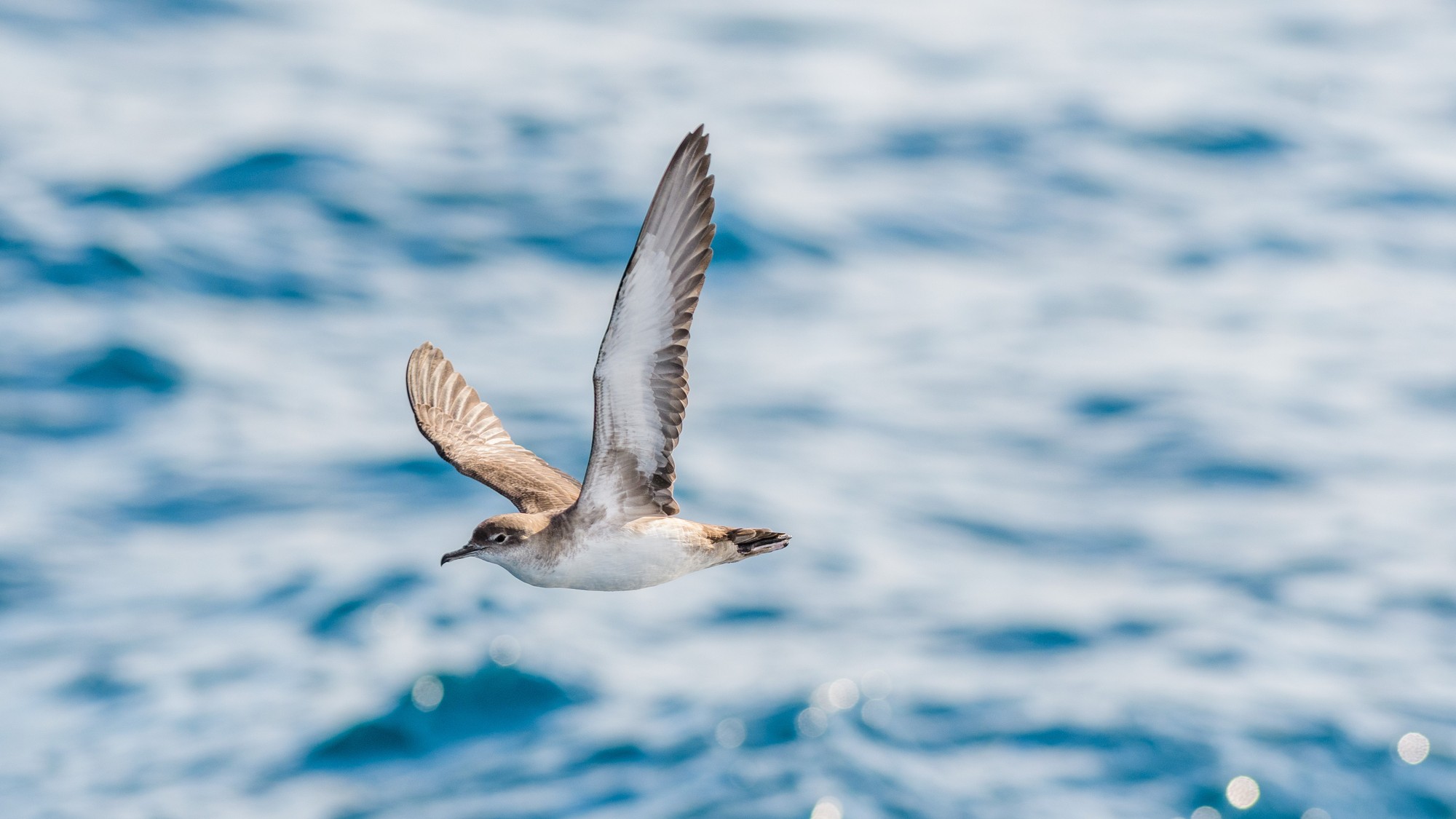
Balearic shearwater flying over water
The Balearic shearwater (Puffinus mauretanicus) is an endangered migratory seabird that has been migrating further north, according to a study published in the journal PNAS. The research "suggests that animals may possess more behavioral adaptability to respond to climate changes than previously believed," said Earth.com. However, "this adaptability might come with hidden costs, leaving the long-term effects on the Balearic shearwaters uncertain."
"We found that the best predictor of this change in migratory behavior was the average sea surface temperature in the summering grounds, suggesting that the birds may well be following changes in underlying marine resources," Joe Wynn, the co-lead author of the study, said in a statement. "The fact that individuals can be this flexible in the face of rapid climate change is encouraging."
The Week
Escape your echo chamber. Get the facts behind the news, plus analysis from multiple perspectives.

Sign up for The Week's Free Newsletters
From our morning news briefing to a weekly Good News Newsletter, get the best of The Week delivered directly to your inbox.
From our morning news briefing to a weekly Good News Newsletter, get the best of The Week delivered directly to your inbox.
American pika
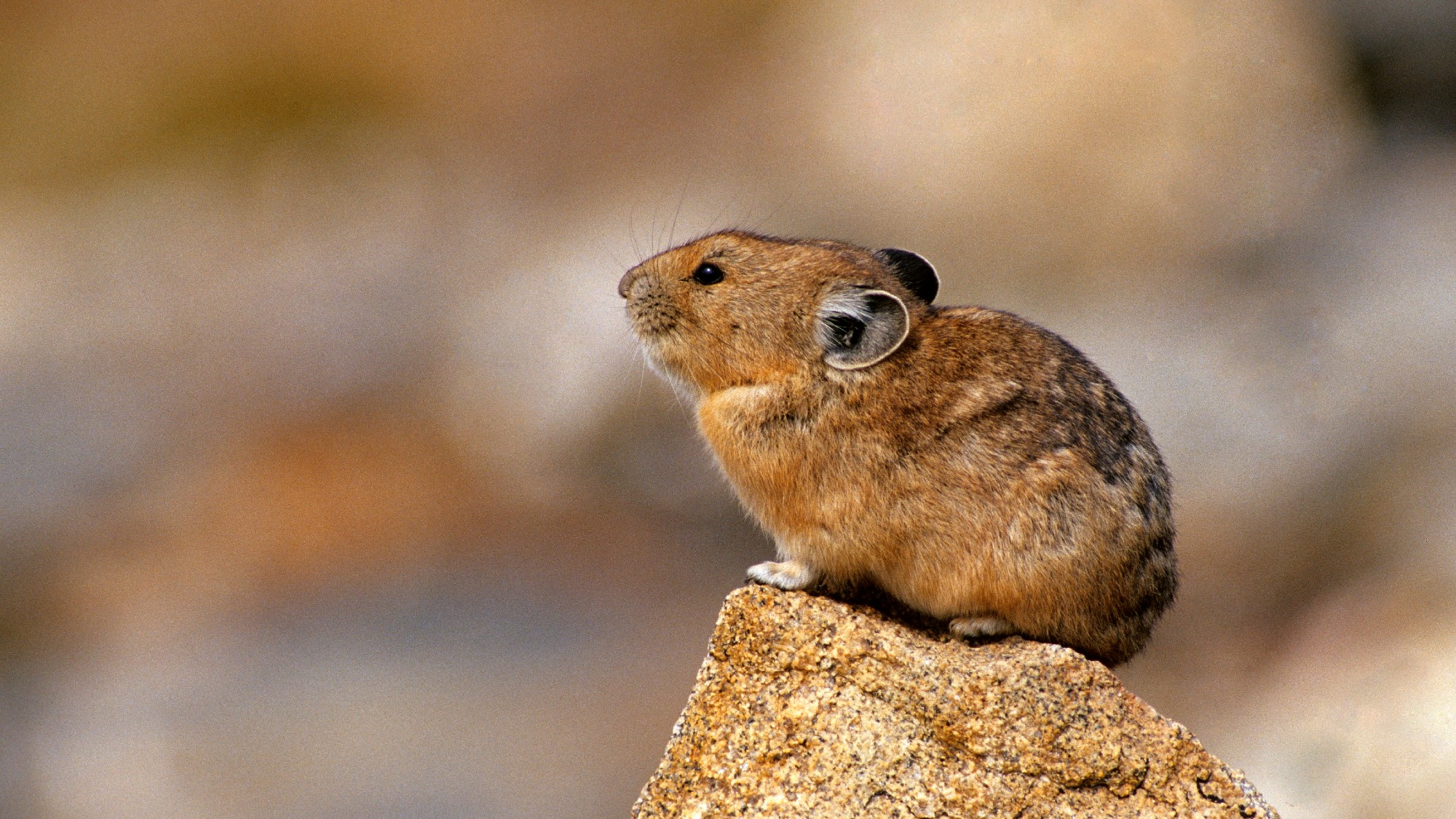
American pika on a rock
The American pika (Ochotona princeps) is a "greyish-brown, rabbit-like creature the size of a grapefruit and nearly as round," said the BBC. They live primarily in "cool mountainous environments in piles of broken rock, called talus," Andrew Smith, a professor emeritus of life sciences at Arizona State University, said at The Conversation. The animals have always been considered at risk for climate change, but research shows they may be surviving better than expected.
"In an era defined by change and adaptation, new research suggests they might benefit from an unusual strategy — do nothing," said the BBC. In taluses, the temperature is often around 4 degrees Celsius cooler than surrounding areas, and the animals only have to venture out a few feet for food. "Pika populations appear to be secure in their core range — the mountains of western North America that have large and fairly well-connected talus habitat," said Smith. "In these areas, they can move from one habitat patch to another without having to pass through areas that are dangerously warm for them."
Dragonfly

Dragonfly on plant
Some male dragonflies (Anisoptera) have a waxy coat on their wings which helps to keep them cool while pursuing mates in a warming climate, according to a study published in the journal PNAS. One form of dragonfly mating "involves males perching in a well-lit position, which allows females to get a good look at them." It is an "approach that can lead to an increased body temperature for the male," said Phys.org. "The wax prevents body moisture from escaping, preventing overheating."
The coat is a "bright, waxy, UV-reflective 'pruinescence,'" and it "forms a thick, frosty-looking layer that can cover the whole body," said Science News. The data also found that "waxless dragonflies are more likely to disappear from areas that are most rapidly warming and drying."
A free daily email with the biggest news stories of the day – and the best features from TheWeek.com
Kodiak brown bear
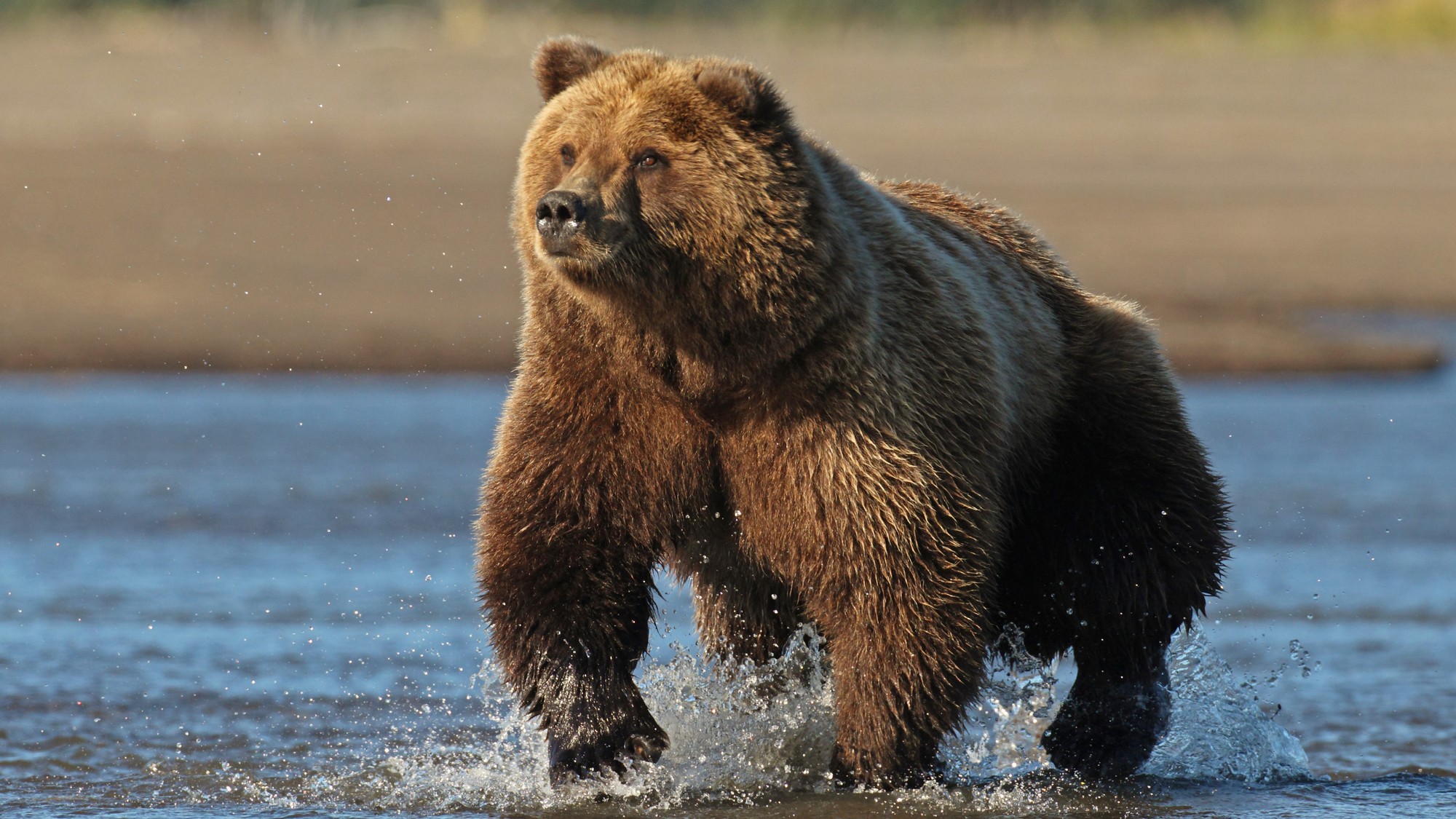
Kodiak brown bear in water
The Kodiak brown bear (Ursus arctos middendorffi) lives in the Kodiak Archipelago of Alaska and is a relative of the grizzly bear. Warming temperatures have shifted food seasons for the bear, according to a study published in the journal PNAS. "At the height of spawning season, just as salmon numbers began to peak, the bears suddenly stopped fishing and disappeared from the streams," said the BBC. "Researchers followed them uphill and immediately saw what had drawn the bruins away from their fishing grounds: berry season."
Kodiak bears are omnivores and are no strangers to eating berries, although salmon have much higher protein content. Eating berries seems like a poorer nutritional choice. But "brown bears that eat a diet of around 17% protein gain much more weight than those that eat more or less protein," said Carbon Brief. "Red elderberries are unique in that they contain almost the perfect amount of protein (~13%), so although they contain less energy than salmon, they probably allow bears to gain more weight than they can eating salmon," the lead author of the study, William Deacy, said to Carbon Brief.
Devika Rao has worked as a staff writer at The Week since 2022, covering science, the environment, climate and business. She previously worked as a policy associate for a nonprofit organization advocating for environmental action from a business perspective.
-
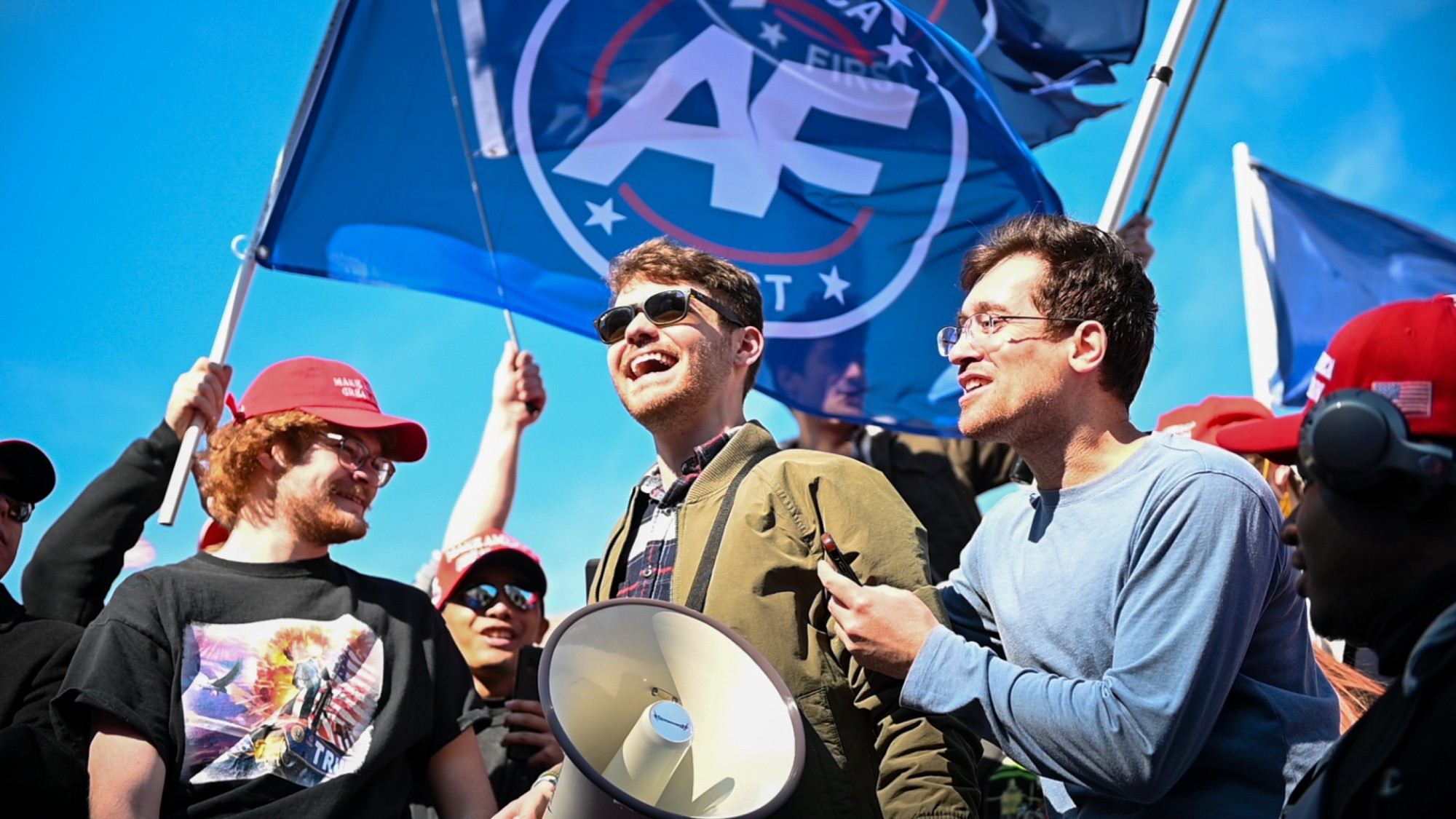 What Nick Fuentes and the Groypers want
What Nick Fuentes and the Groypers wantThe Explainer White supremacism has a new face in the US: a clean-cut 27-year-old with a vast social media following
-
 5 highly amusing cartoons about rising health insurance premiums
5 highly amusing cartoons about rising health insurance premiumsCartoon Artists take on the ACA, Christmas road hazards, and more
-
 Codeword: December 21, 2025
Codeword: December 21, 2025The daily codeword puzzle from The Week
-
 Crest falling: Mount Rainier and 4 other mountains are losing height
Crest falling: Mount Rainier and 4 other mountains are losing heightUnder the radar Its peak elevation is approximately 20 feet lower than it once was
-
 Death toll from Southeast Asia storms tops 1,000
Death toll from Southeast Asia storms tops 1,000speed read Catastrophic floods and landslides have struck Sri Lanka, Indonesia, Thailand and Malaysia
-
 Can for-profit geoengineering put a pause on climate change?
Can for-profit geoengineering put a pause on climate change?In the Spotlight Stardust Solutions wants to dim the sun. Scientists are worried.
-
 How will climate change affect the UK?
How will climate change affect the UK?The Explainer Met Office projections show the UK getting substantially warmer and wetter – with more extreme weather events
-
 Can the UK do more on climate change?
Can the UK do more on climate change?Today's Big Question Labour has shown leadership in the face of fraying international consensus, but must show the public their green mission is ‘a net benefit, not a net cost’
-
 The UK’s surprising ‘wallaby boom’
The UK’s surprising ‘wallaby boom’Under the Radar The Australian marsupial has ‘colonised’ the Isle of Man and is now making regular appearances on the UK mainland
-
 Did Cop30 fulfil its promise to Indigenous Brazilians?
Did Cop30 fulfil its promise to Indigenous Brazilians?Today’s Big Question Brazilian president approves 10 new protected territories, following ‘unprecedented’ Indigenous presence at conference, both as delegates and protesters
-
 Can the world adapt to climate change?
Can the world adapt to climate change?Today's Big Question As the world gets hotter, COP30 leaders consider resilience efforts
